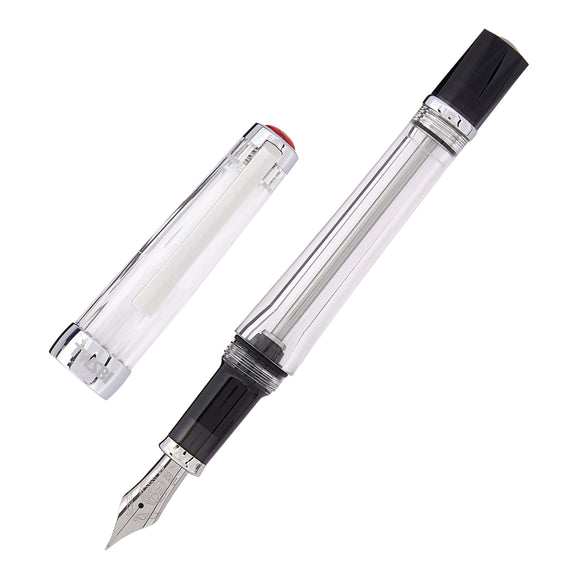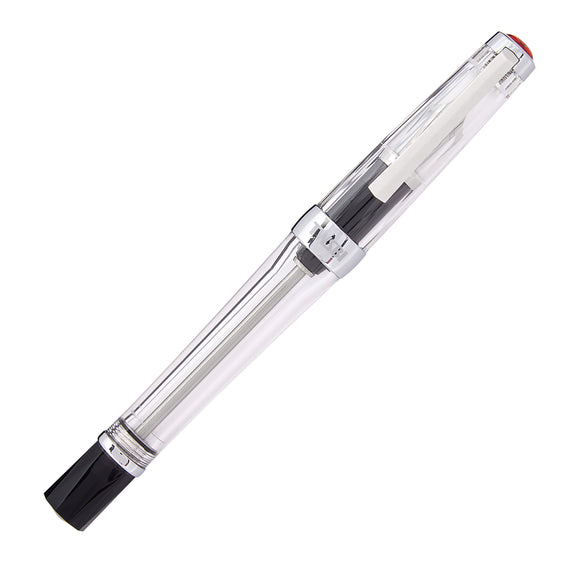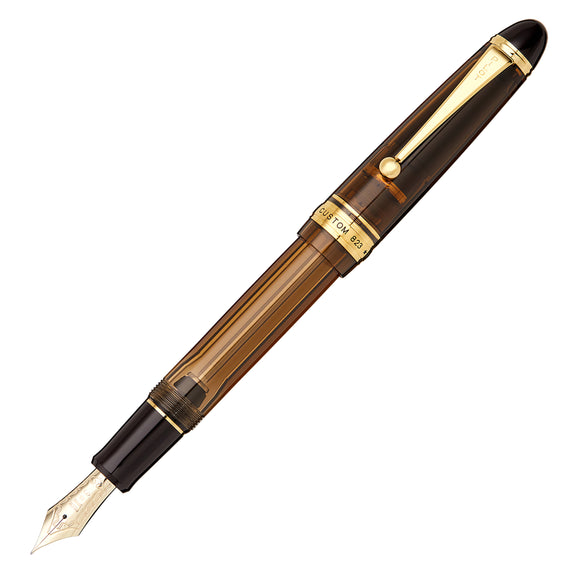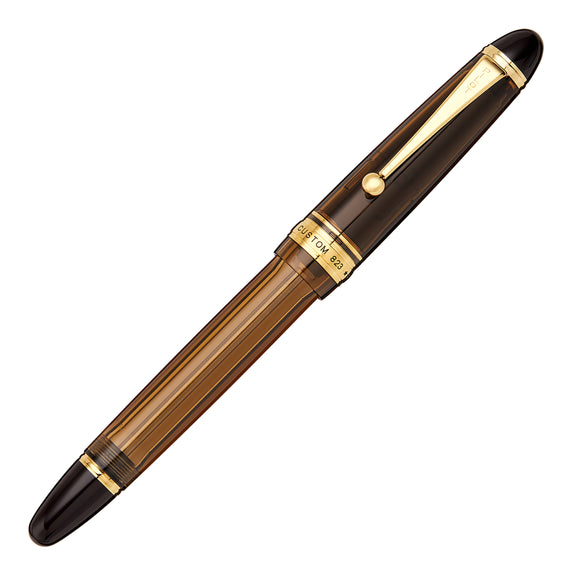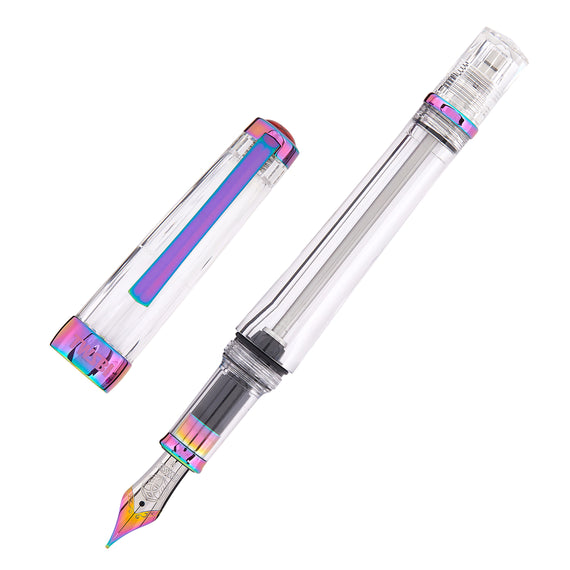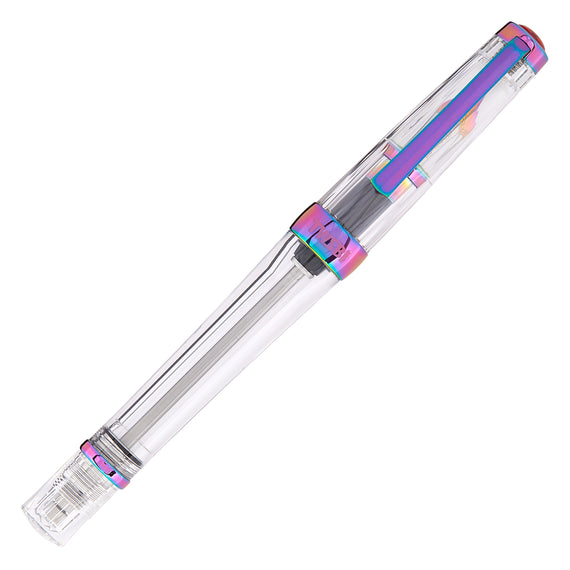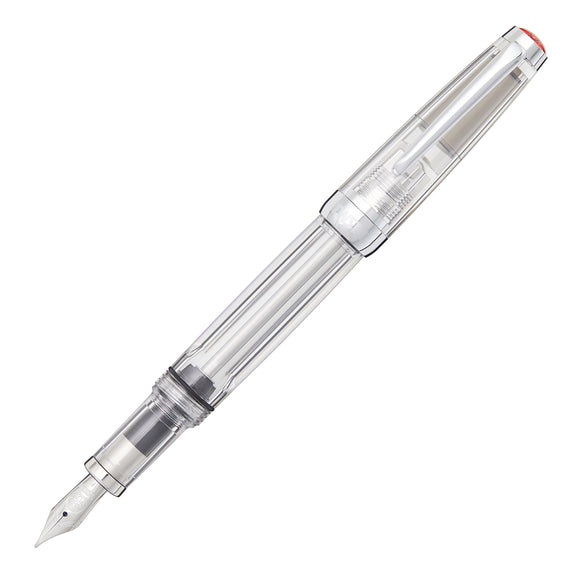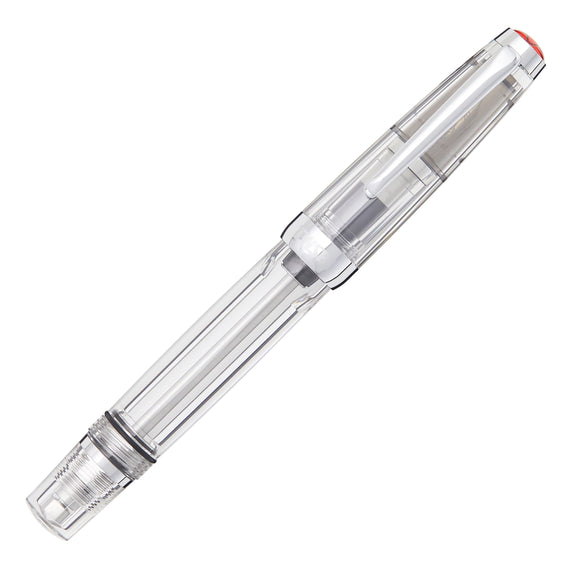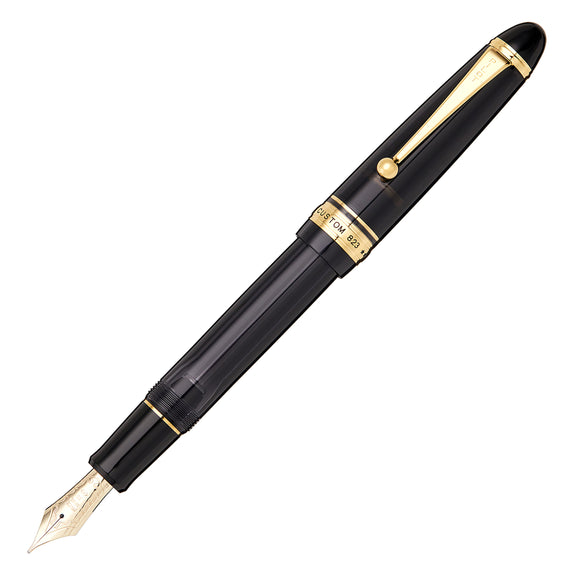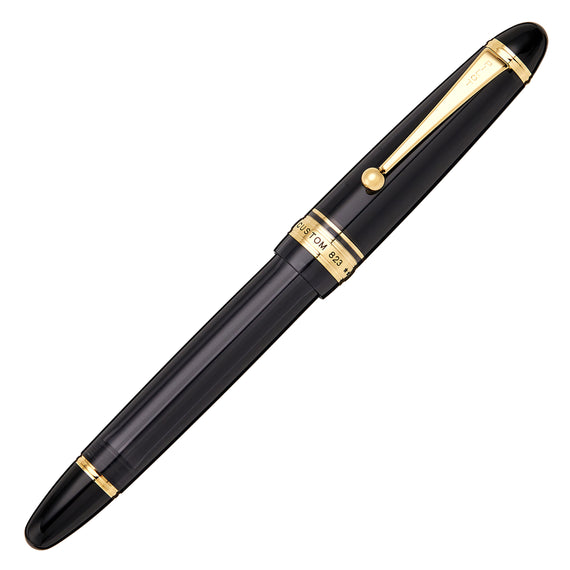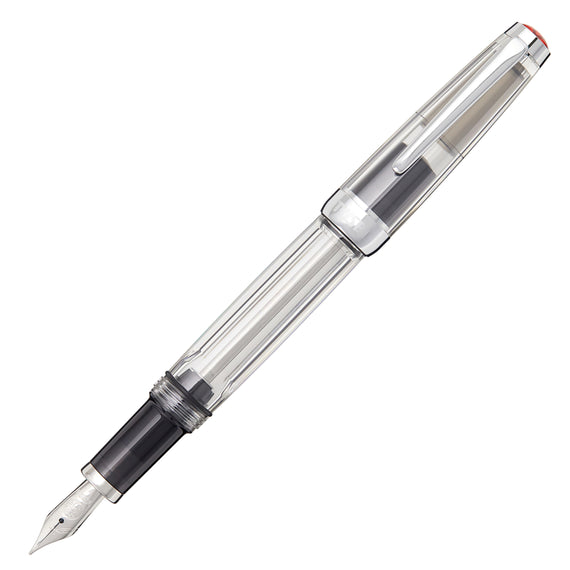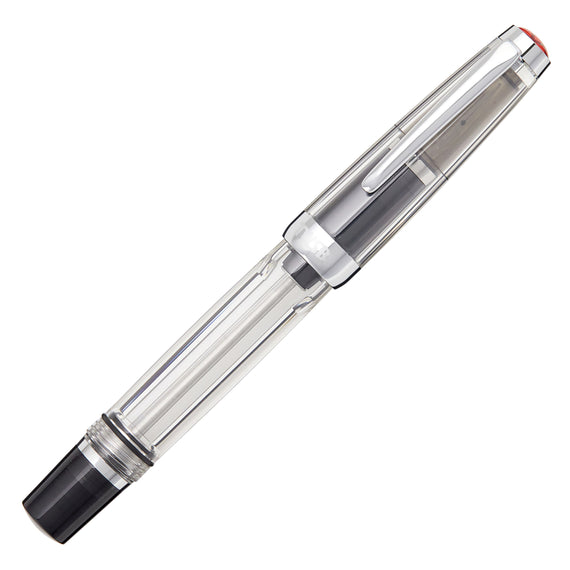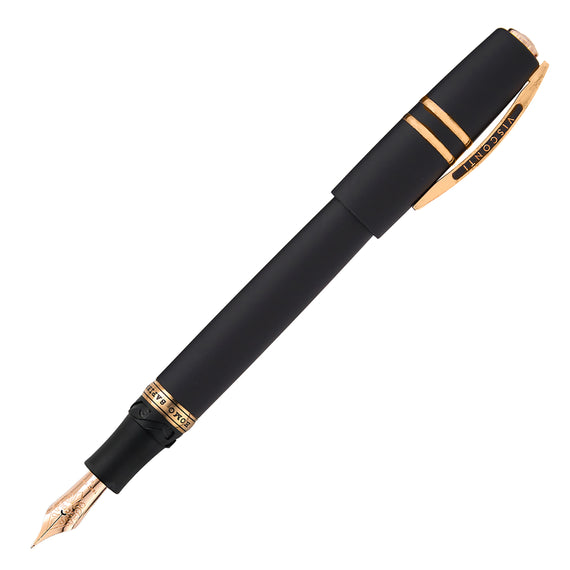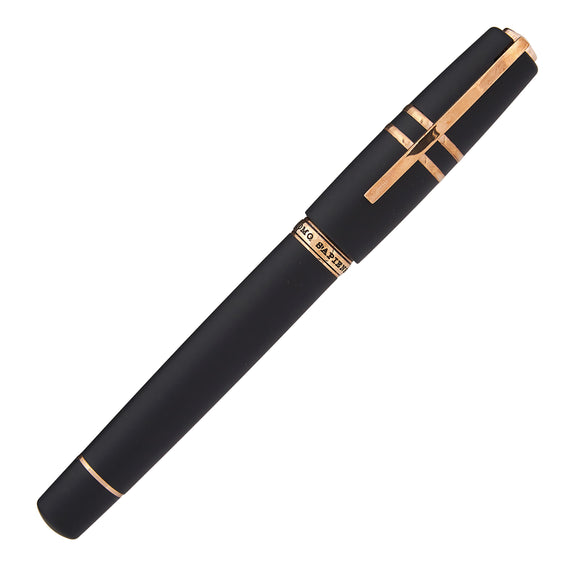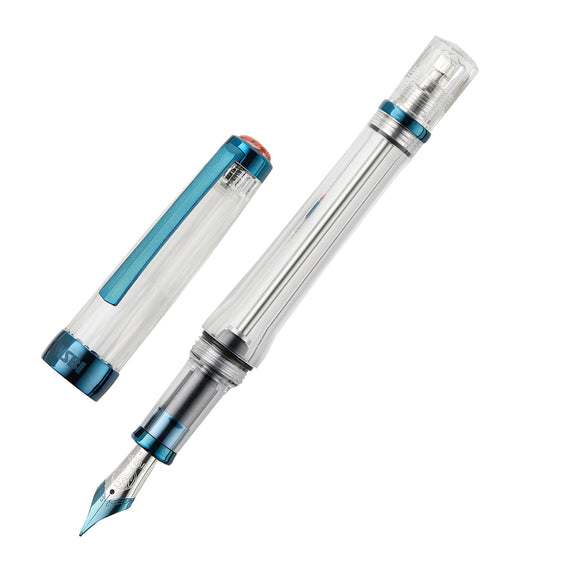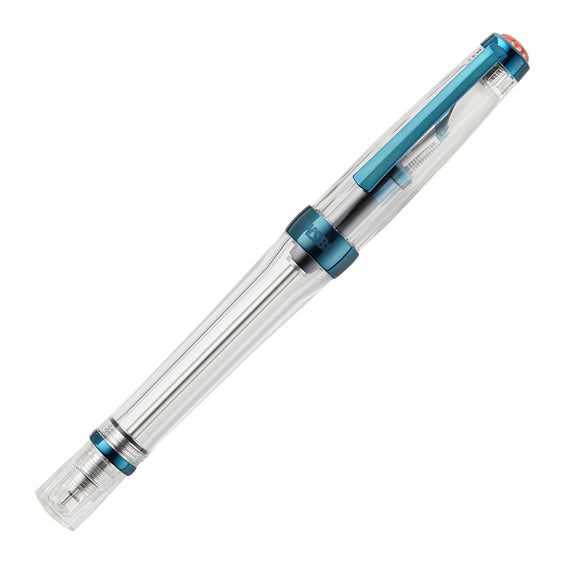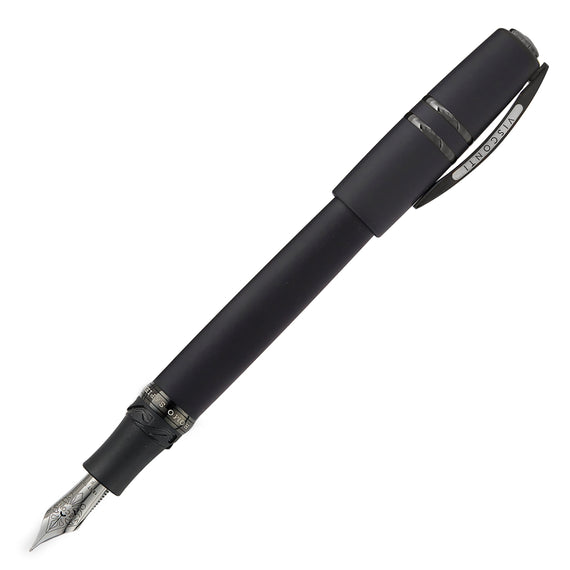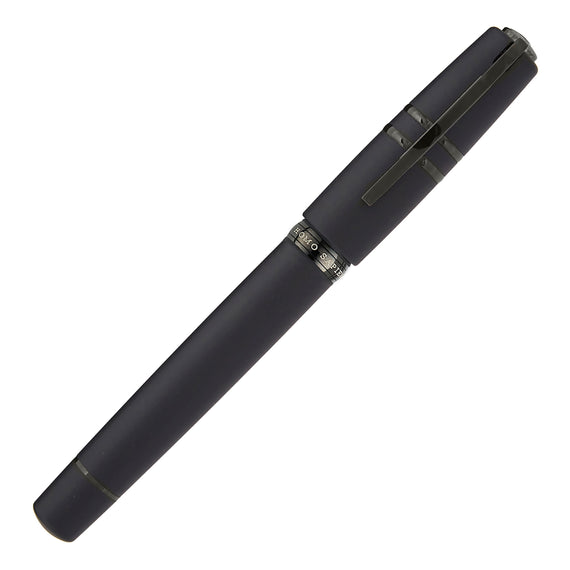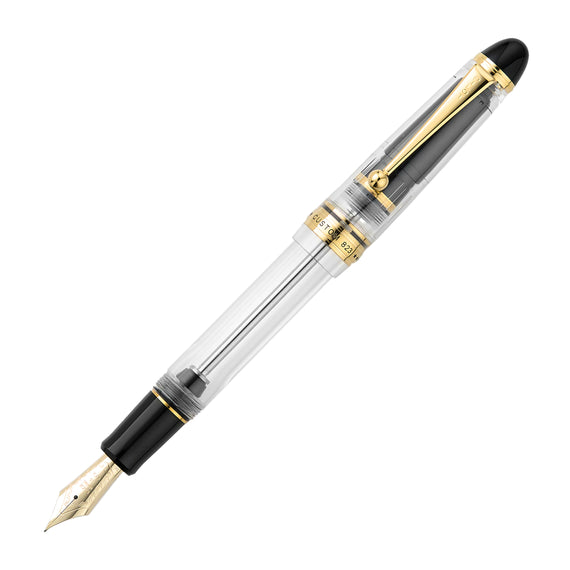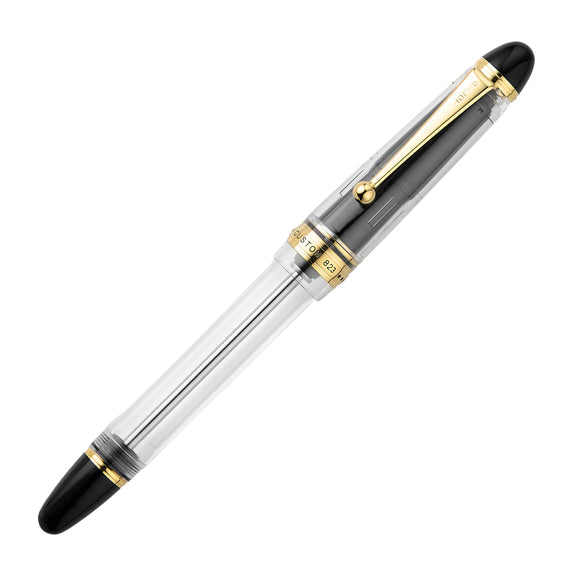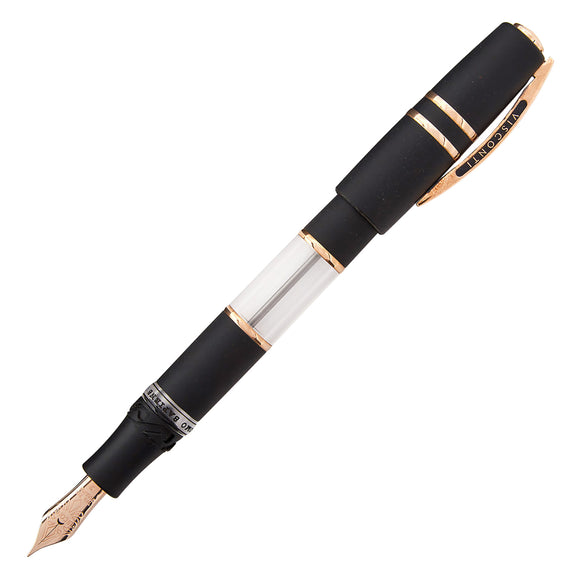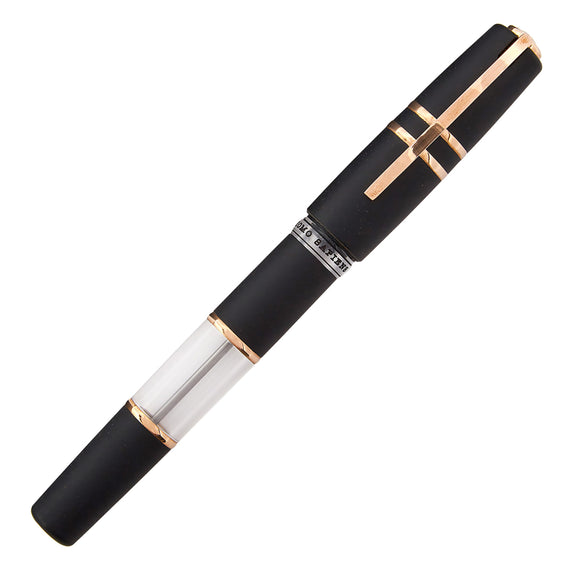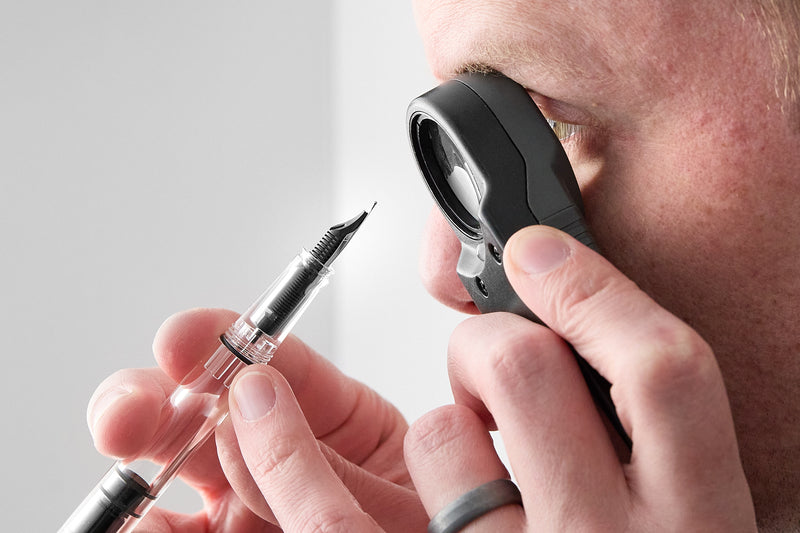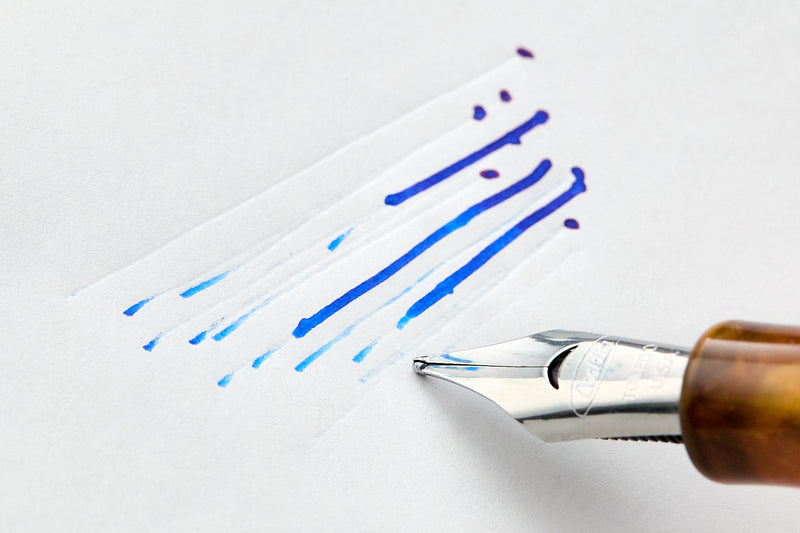Avoid This Vac-Filling Mistake!
Today, we're diving into the world of vacuum-filling fountain pens. They may sound all fancy and high-tech, but trust me, they're not as intimidating as they seem. So, grab your favorite pen, and let's embark on this ink-filled adventure together.
First things first, vacuum-filling fountain pens are cool. They offer massive ink capacity, which means fewer trips to the ink bottle, and they are undeniably super fun to fill. But here's the kicker – if you forget one simple thing, they'll stop writing completely!
What is a Vac Filling Fountain Pen?

So, what's a vac filler? It's a fountain pen-filling mechanism that's a bit more complex than your regular cartridge or converter. At its core, it consists of a knob that you unscrew. Then there's a rod you pull up, and attached to that rod is a rubber gasket. That gasket seals tight against the inner walls of the pen's barrel.
How It Works
Here's where the fun begins. At the bottom, those inner walls do a little shimmy and flare out. When you dip your pen into a pool of ink, a vacuum party starts. As you push that rod down, pressure starts building...building... it's like a suspenseful movie scene.
And then, when it passes a certain point, you hear it – a satisfying click. It's like the pen's way of saying, "We have lift-off!" Negative pressure is created, and ta-da! Ink is magically sucked up into the ink reservoir. How cool is that? Trust me, you'll want to do it a few times to get a really good fill.
Mistakes to Avoid when Filling
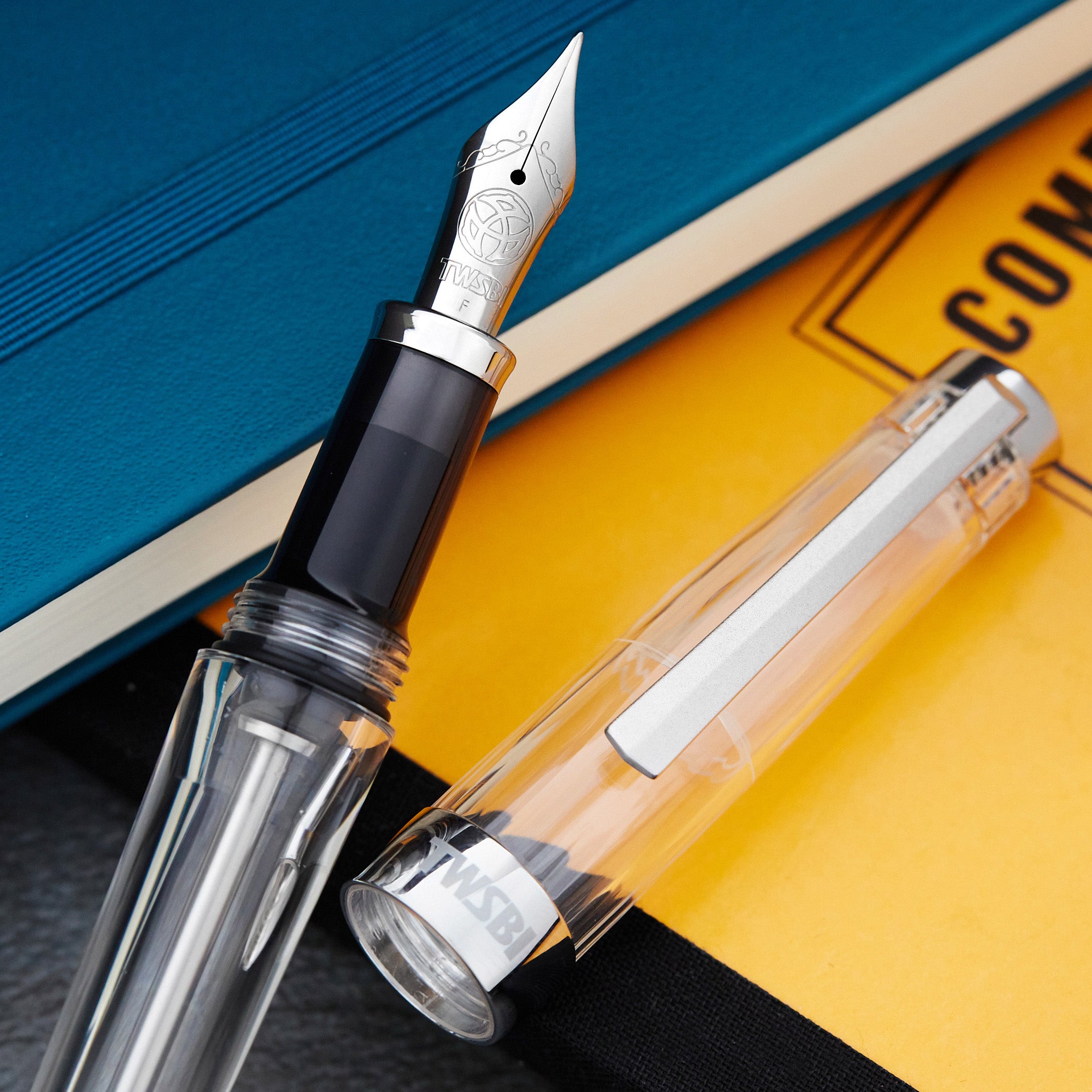
Now, here's the not-so-secret thing about vac fillers. Pay close attention to what happens when you tighten that knob all the way down. The gasket seals off one part of the pen from the other, meaning all the ink in the upper part can't reach the lower part.
So, initially, you've got a couple of pages worth of ink to write with because of the ink in the feed, but eventually, it dries up. Then, you're in a writing desert until you loosen that knob again. Once you do, ink flows freely from the barrel to the nib and feed – problem solved!
The "Why" Behind the Design
So why do they design it this way? Mainly, it fends off any funky pressure changes. Vacuum-filling fountain pens are ideal for situations like flying on an airplane where you might experience pressure changes. If you have ink sloshing around everywhere in the pen with changing air pressure, the ink might end up where it shouldn't be. But by sealing it off like this, you minimize that risk. Smart, right?
This whole sealing-off-and-opening-up dance applies to the TWSBI Vac700R and other vacuum-filling pens like the Pilot Custom 823 and any pen with Visconti's Power Filler.
So, now you're in the know, and you can impress your pen pals with your vac filler wisdom.

